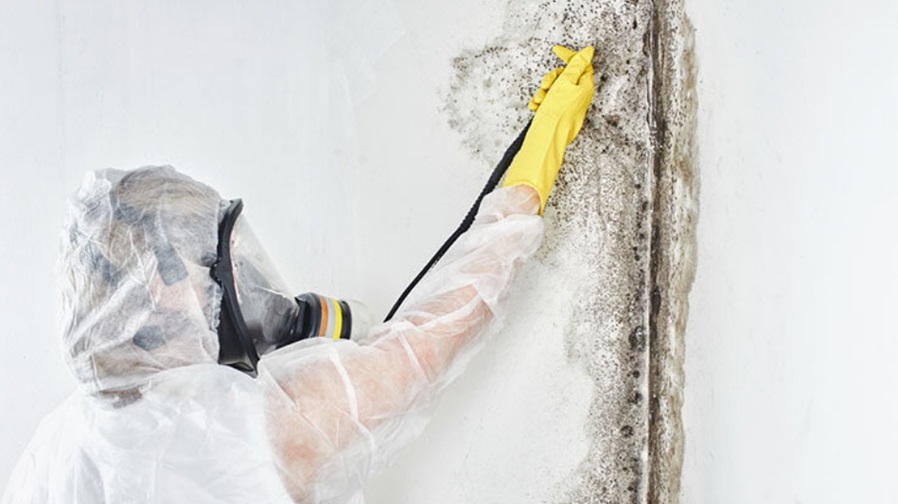

Water damage, whether from floods, leaks, or high humidity, often creates the ideal conditions for mold growth. Therefore, scheduling a thorough mold inspection in Atlanta is critical to ensuring a safe environment. Mold can quietly spread and cause health issues, such as respiratory problems and allergic reactions, even before it becomes visibly noticeable. To tackle potential mold problems efficiently, it is essential to understand the process of detecting and mitigating mold.
The Process of Mold Inspection
A professional mold inspection involves several key actions to ensure comprehensive assessment and treatment. The inspector will begin by conducting a visual examination, looking for visible signs of mold and water damage. This is followed by taking samples from the air and surfaces, which are then analyzed in a laboratory to identify the type and concentration of mold present.
Addressing moisture issues promptly is critical, as mold can begin growing within 24 to 48 hours after water damage occurs. The inspection aims to find existing mold and detect sources of moisture that could encourage future growth. You may also check out this blog for more information on what happens during a mold inspection.
Health Risks Associated with Mold
Mold exposure can pose several health risks. Individuals may experience symptoms ranging from minor irritations to severe respiratory conditions. Common issues include coughing, sneezing, eye irritation, and skin rashes. Long-term exposure can exacerbate asthma and other chronic respiratory diseases. It is crucial to identify and eliminate mold to protect the health of everyone in the affected area.
Benefits of Professional Mold Inspection
Engaging professional services for mold inspection offers multiple advantages. Experts come equipped with the knowledge and tools necessary to accurately identify and address mold issues. They go beyond mere detection, providing recommendations for remediation and prevention. Professional inspectors can also help reduce the risk of future mold problems by identifying sources of moisture and advising on preventive measures.
Moreover, scheduling a mold inspection can save money in the long term. Untreated mold can cause structural damage to property, leading to expensive repairs. Early detection and remediation keep costs down and prevent more severe and pervasive damage.
Conclusion
Conducting mold inspections after water damage is imperative to ensure a safe and healthy environment. By identifying and addressing mold growth early, potential health hazards and costly repairs can be prevented. Remember, regular mold inspections are essential for maintaining a safe and healthy living space, especially after experiencing water damage.
Frequently Asked Questions
Q: How quickly should a mold inspection be conducted after water damage?
A: To prevent mold from growing, it’s advisable to conduct a mold inspection within 24 to 48 hours of water damage.
Q: What are common signs of mold in a home or office?
A: Common signs include a musty odor, visible mold growth, and symptoms of mold exposure like coughing or eye irritation.
Q: Can mold return after remediation?
A: Mold can return if the underlying cause of moisture is not addressed. Regular inspections and moisture control are key to preventing recurrence.




